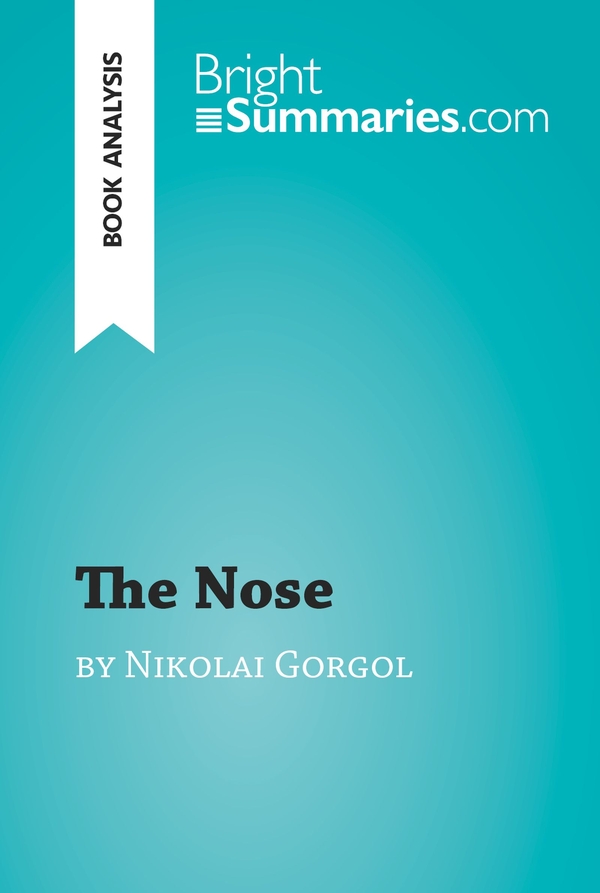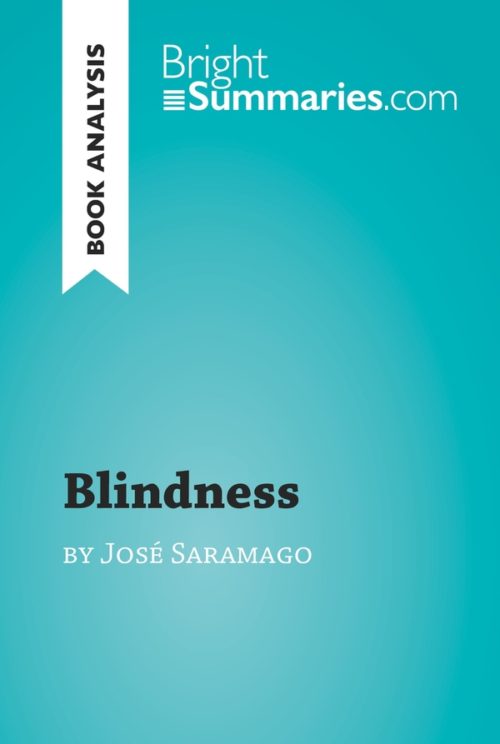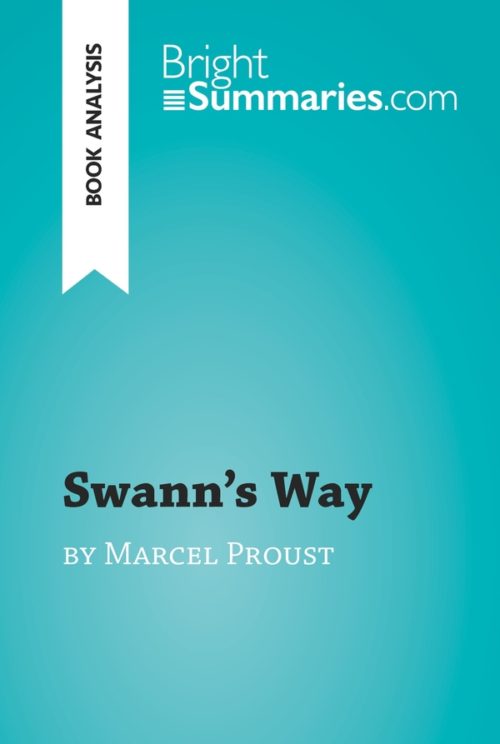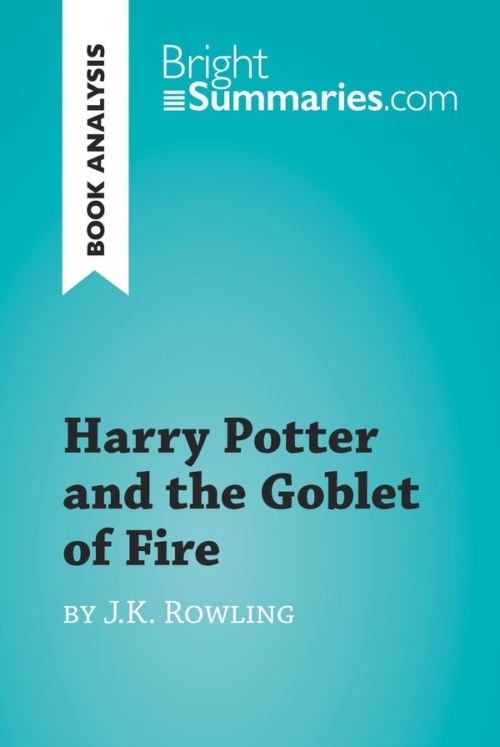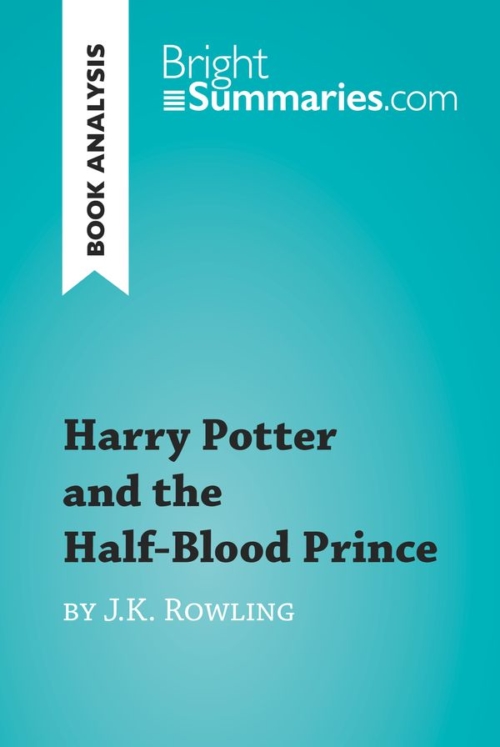The Nose by Nikolai Gogol (Book Analysis)
The Nose by Nikolai Gogol (Book Analysis)
Detailed Summary, Analysis and Reading Guide
Read more
This practical and insightful reading guide offers a complete summary and analysis of The Nose by Nikolai Gogol. It provides a thorough exploration of the short story’s plot, characters and main themes, including bureaucracy, hierachy and society. The clear and concise style makes for easy understanding, providing the perfect opportunity to improve your literary knowledge in no time.
This clear and detailed 25-page reading guide is structured as follows:
- Biography of Nikolai Gogol
- Presentation of The Nose
- Summary of The Nose
- Character study
- Kovalev the assessor
- Ivan Yakolevich
- The worker at the newspaper office
- The policemen
- Analysis of The Nose
- The setting of Russian bureaucracy
- The conflict between reality and fantasy
- The essential role of the narrator
- The symbolism of the nose
About The Nose
The Nose was first published in 1852. It tells the story of Kovalev, a low-ranking bureaucrat who is constantly try to move up in society. However, one day, his nose suddenly disappears, and nobody knows why. Kovalev therefore sets off to find it and discovers that it has since developed a life of its own. This journey gives Gogol the chance to highlight the absurdity and emptiness of society in St. Petersburg.
The Nose highlights the problems which haunted Russia in the aftermath of the introduction of rank by Peter the Great. It has possible that the inspiration for the story came from Gogol’s own nose, which he himself often made fun of.
About Nikolai Gogol
Nikolai Gogol was a Russian dramatist who was born in modern-day Ukraine. He was born in 1809 and died in 1852. His works fall under many genres, including realism, romanticism, surrealism and even the grotesque. Some of his later works also targeted the Russian Empire. He is one of the most famous Russian writers, and more than 135 films have been based on his writings.
Product details
| ISBN | 9782806276452 |
|---|---|
| Publisher | Plurilingua Publishing |
| Collection | BrightSummaries.com |
| Format | |
| Pages | 26 |
| File size | 1.4 MB |

